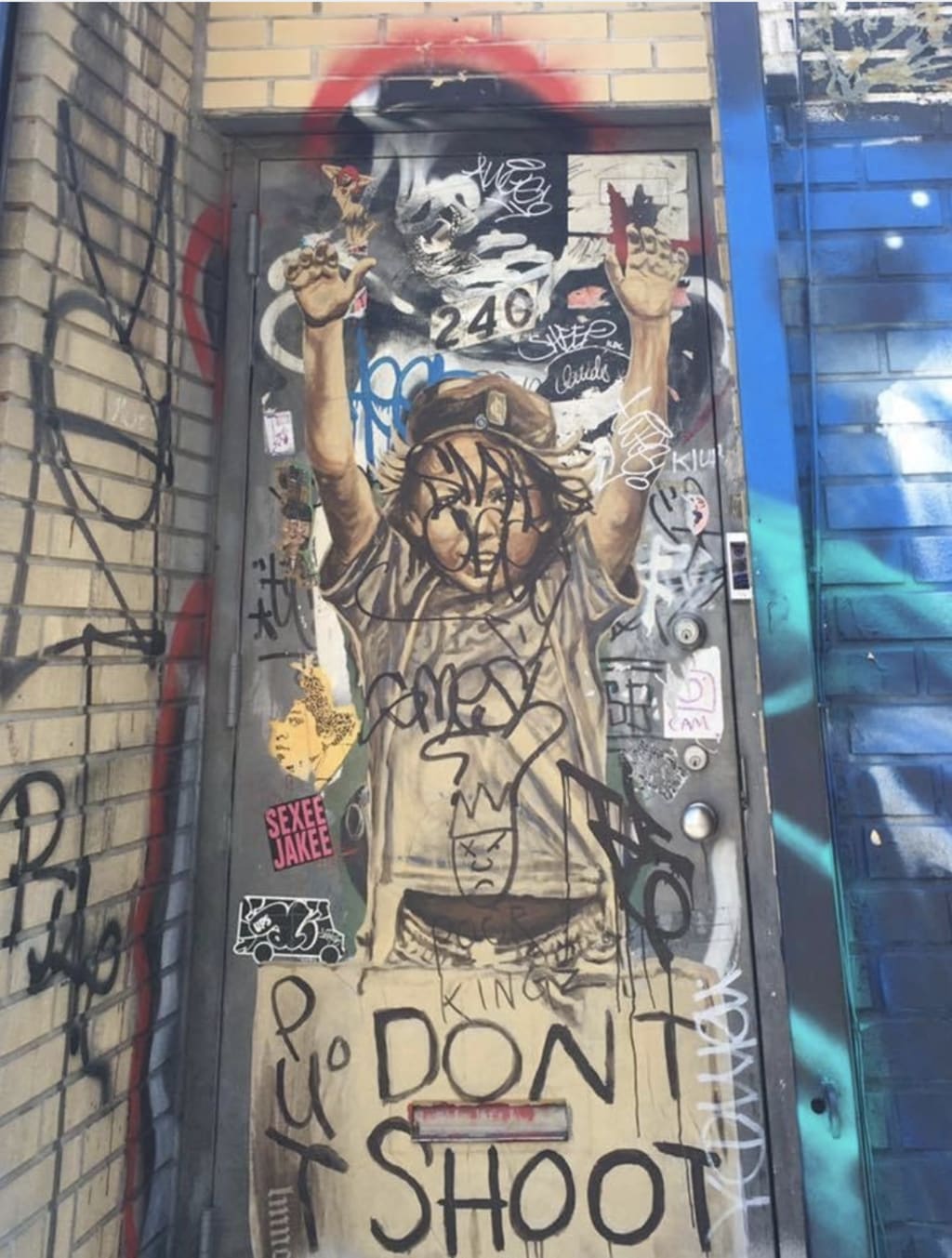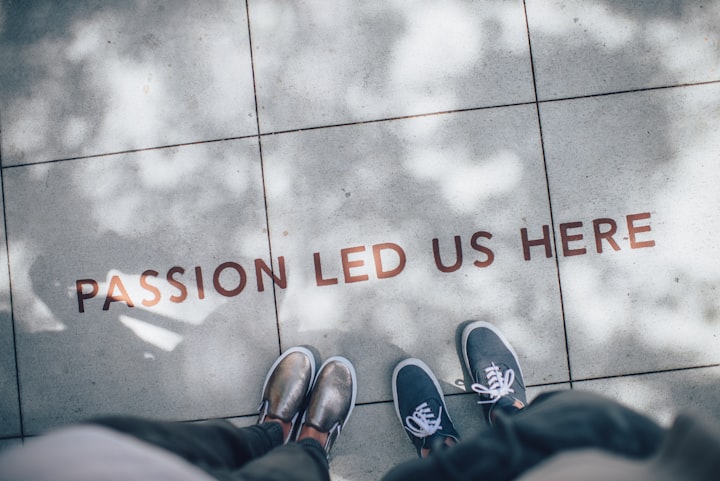The weight of lives
Black Lives Matter and All Lives Matter

*This story was written in 2016 after Dallas Incident.
“Don’t shoot”. A young boy who is wearing a snapback hat holds his hands up in the air. During the New York City trip, Bushwick gave me the deepest impressions. And especially this mural painting, which was painted by Brooklyn-based street artist Lmnopi, was the number one.
In July 2016, five police officers were shot dead by snipers in Dallas, Texas during the 'Black Lives Matter' protest. The incident was just after a Facebook video that recorded the death of Philander Castile, a guy who was shot by police officers. Later that week, the press also found out that the suspect of the Dallas incident, Micah Xavier Johnson, told negotiators that he wanted to kill a white police officer. Seeing the ongoing brutal incidents on media, the first thing that came up to my mind was the message of the mural painting, 'don't shoot'.
'Black lives matter' movement started in 2013 after the death of African-American teen Trayvon Martin by a police officer. Against police brutality toward the minority of the society, the campaign spread out to the whole nation, pivoting minorities' community. The frame was clear:
- Authority and the vulnerable
- Power and no power
- Majority and minority
but ultimately,
- White and Black
To this event, some responded: "Well, all lives matter". And then, the others would refute why you should stop saying "All lives matter". Yes, I emotionally all agree with this argument! I also feel vulnerable and unfair in a western society I am living in as a non-white, non-male human being.
However, the data the Washington Post (2015) released show that not only African-American but everyone is vulnerable to police brutality in the United States. According to the Washington Post (2016), 990 people —including 494 white, and 258 black— were shot dead by police in the United States during the year 2015. In addition to it, the number of white who was unarmed was slightly higher than it of black.
Strange. Then why we see in the media are often portraying white policemen using excessive force on minorities of the society? It is because racial framing makes a "good story" for the media. In communication theories (Gans, 1979; Gitlin, 1980), media develop its particular versions of “good stories” to build up a large audience, and these “good stories” is consist of drama, conflict, uniqueness, and unexpectedness. Thus, the black victim and white offender make a perfect story which has full of drama and conflict, whilst the fact that the victim is innocent and the offender is police officer makes the story unique and unexpected.
Though these stories are “good” to accumulate a number of audiences, the downside of them is that extreme cases can occur, such as Johnson’s hate crime which targeted 'white policeman'. Hatred toward the policeman soared among the society, copycats of Johnson’s shooting happened in the other cities following Dallas and some even said that the policemen deserved to die.
'Hate crime' which the term 'hate' is conceptualised based on a 'prejudice' on a certain race, religion, sex, or even views toward the world, meanwhile, is seen anywhere in the world. Without ‘tolerance’ and ‘understanding’ toward others but with only 'prejudice', policemen in Dallas were shot, more than a hundred hate crimes were reported in the United Kingdom following the Brexit vote in 2016, a girl was murdered in South Korea for being a girl, and 26 disabled people in Japan were stabbed in 2016.
Returning to the mural paintings, it has me think about who would represent this boy. In a matter of fact, it is not important whether which race he is, nor how old he is. The boy can be anyone. He could be your neighbour, your brother or sister, your community sheriff, or even yourself. In spite of messy scrabbling over the graffiti, the message of the mural art is clearly shown. There is no difference in the weight of each one's life. Like how Trayvon Martin and Philander Castile did not deserve to die, this boy does not deserve to die.
About the Creator
Han Jolene Katrin Shin
Politics
Social issues
Movie
Cultures






Comments
There are no comments for this story
Be the first to respond and start the conversation.